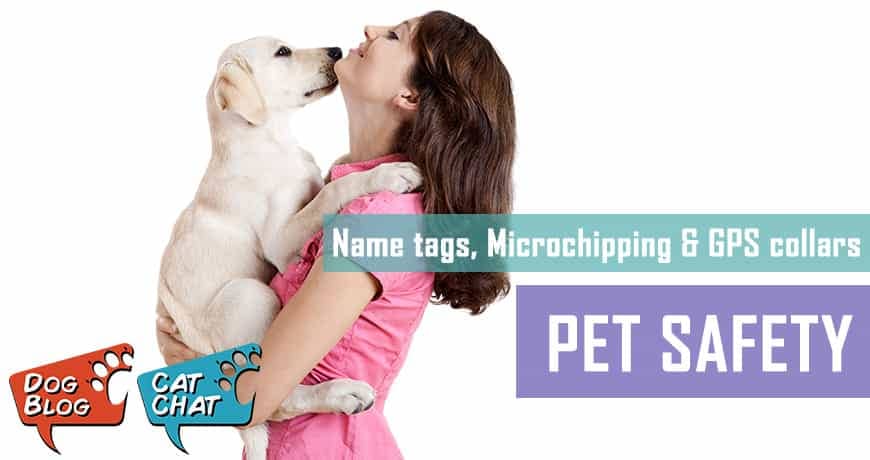How do you train or retrain your cat to use the litter tray? For some cats it’s fairly quick and simple, while others struggle to understand what their owners want them to do. If a mother cat isn’t around to show her little kittens how to use the litter tray, then it becomes your job!
Do cats instinctively know how to use a litter box?
Kittens begin to dig in dirt and dry, loose material at just a few weeks old, without ever having observed their mothers doing so. This natural instinct is also used in training kittens to use the litter tray. It is important to know what your kitten will need to help her understand what to do… as cats are quite picky when it comes to using the ‘toilet’.
Where to place a cat litter box
It’s all about location, location, location! Most outdoor cats will be happy to dip their backsides into flowerbeds and other parts of the garden. But if your cat has an indoor litter tray, the location of the tray will be important in helping your cat feel comfortable enough to ‘go’. Some kittens and cats prefer the litter tray to be out of sight, or for the litter to be covered so they have some privacy.
Fortunately there are many different types of litter trays and litter boxes on the market and some of them are partially covered (like the M-Pets Sherbin Cat Litter Box) or even fully enclosed (like the M-Pets Rosetta Cat Litter Box). It might take a while before you understand what type of litter box best suits your cat, but when you do, she will be much more comfortable doing her business.
How many litter boxes do you need?
Cats are not very good at sharing toilets, so chances are if you have more than one cat, you will need to have more than one litter tray or box. Try to see which areas of the house each cat prefers (they might even have their own territories) and place their litter boxes accordingly. The rule of paw for cats vs litter boxes is one extra litter box than the number of cats you have. If you have one cat, you’ll need two litter boxes. If you have two cats, provide three litter boxes.
In some cases, cats don’t like being in a closed space and it can cause panic in your cat. If you notice your cat isn’t using the covered toilet, take the top off to start with and place it towards the end of the tray so that it is leaning onto the base of the tray. Over a period of four to seven days, gradually move the cover more and more forward, as long as your cat is still happy. Continue doing this until the tray is completely covered. When the cat litter box is completely covered and your cat refuses to go in, it probably means that your cat simply does not enjoy being enclosed while she ‘goes’.
Which is the best cat litter for potty training?
From silica gel to clumping clay (bentonite) to eco-friendly, recycled paper, to pine, corn and a range of others, there are many different types of litter you can use in your cat’s litter box. Unfortunately, you won’t know which one your cat prefers until you try it. You and your picky purry will have to go through a process of elimination (if you’ll pardon the pun!) to find the right one!
It is very important to clean the litter tray regularly, especially if you have a cat that is not keen on using it. However, don’t clean it too much. Some cats feel more secure with a bit of smell remaining in the tray. Give the litter tray a good clean at least once a week.
Be careful of what disinfectant product you use and consider if it’s safe to use in such a sensitive environment. F10 SCXD veterinary disinfectant is a special disinfectant product and is safe to use on all your pet’s accessories and will not harm them at all.
Steps to potty training your kitten
After each feeding, take your kitten to her litter box and place her into the tray. Gently scratch your kitten’s paws in the litter to show her that this is the right place to go. Once your kitten has successfully used the litter box, reward her with some playtime and lots of love. If your cat has made an oopsie, don’t scold her. Take her to the mess to smell, then take your kitten to the litter box to smell as well and repeat the process of scratching her paws in the litter.
In general cats are particular about how they want things done, so this is the best way to litter train your kitten. Think about the type of litter tray, the type of the kitty litter, the position of the tray and make sure you are cleaning it regularly. But most importantly, be patient, your kitten is still a baby and needs time to learn new things.
Subscribe to the Pet Hero newsletter for the latest in pet care advice. You’ll also be the first to receive any info on our sales, promotions and competitions – directly in your inbox. Shop with us and be the real pet hero to your pets!











